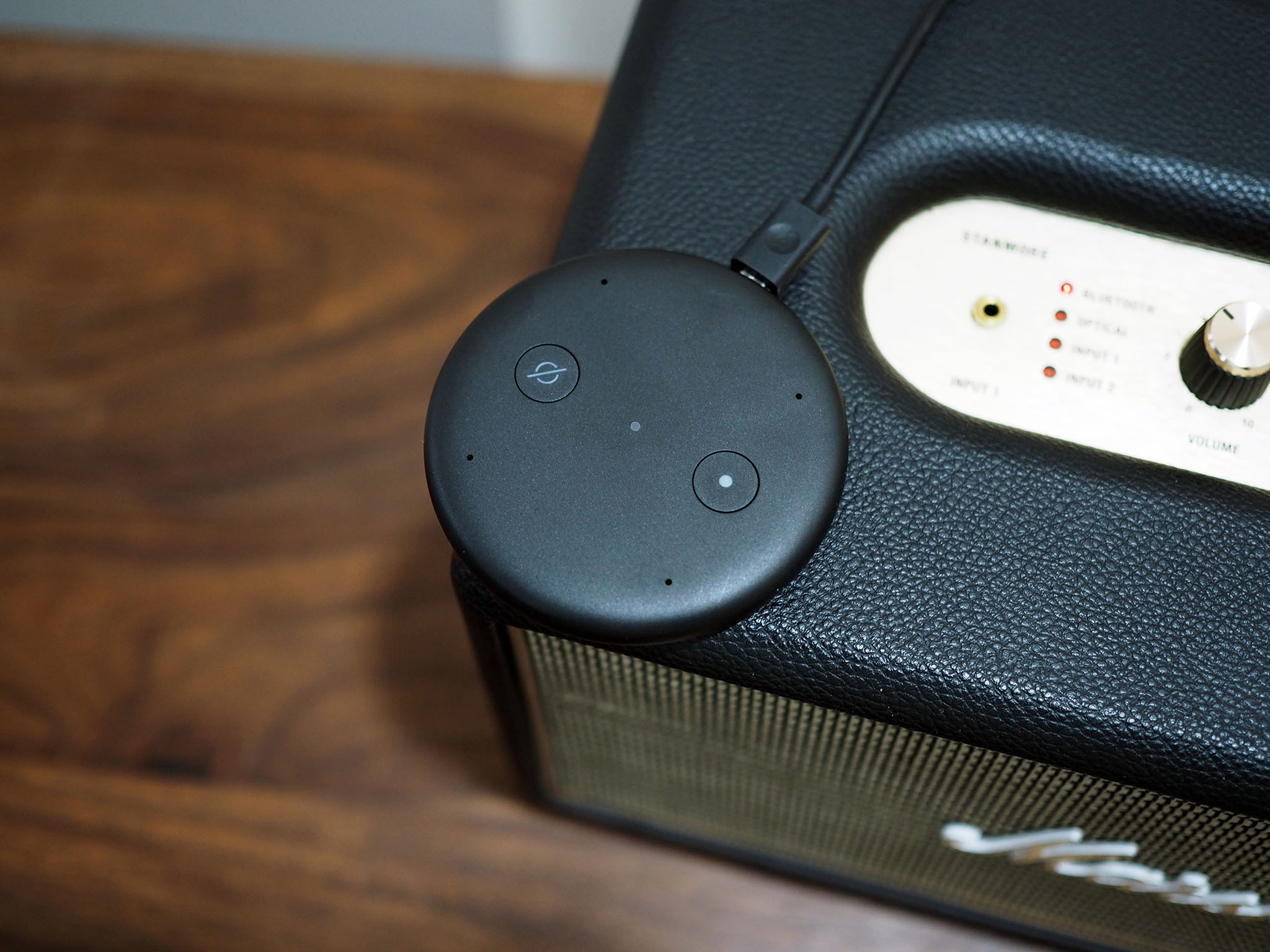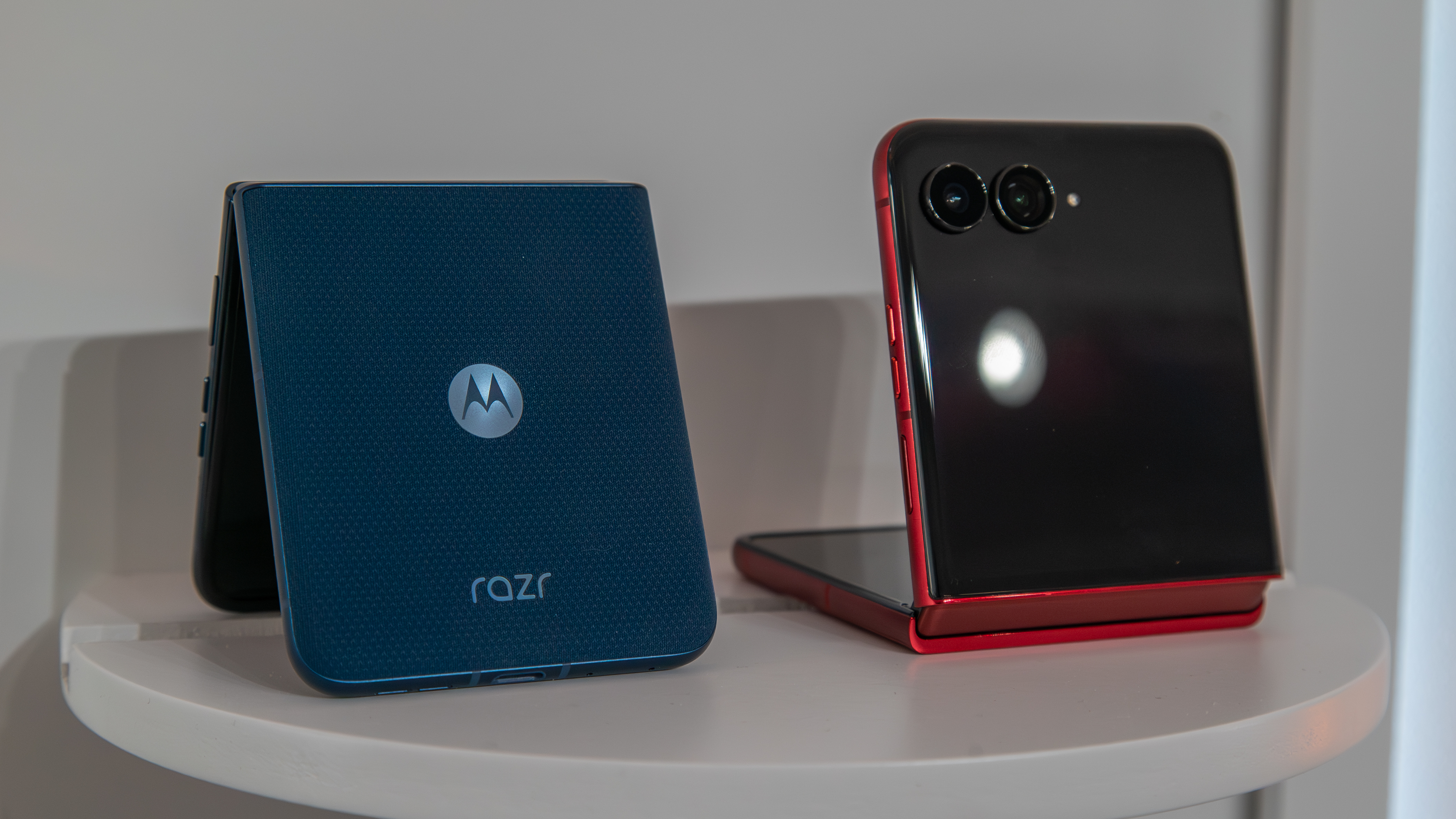Over the last five years Alexa has matured into a robust platform that supports thousands of devices and products. Alexa has a never-ending list of features that include everything from streaming music, controlling smart home products, providing weather and news briefings, and so much more. The most affordable way to get started with Alexa has always been the diminutive Echo Dot, but there's now a new option available if you're looking to add the virtual assistant to an existing speaker.
The $35 Echo Input delivers the same set of features as the $50 Echo Dot, but it doesn't come with a built-in speaker. Instead, you'll have to connect it to an existing speaker via an aux cable or Bluetooth, after which you'll be able to start using Alexa.
The Good
- Wi-Fi ac connectivity
- Bluetooth and Aux out
- Unobtrusive profile
- Multi-room audio
- Excellent value
The Bad
- Intermittent Bluetooth issues
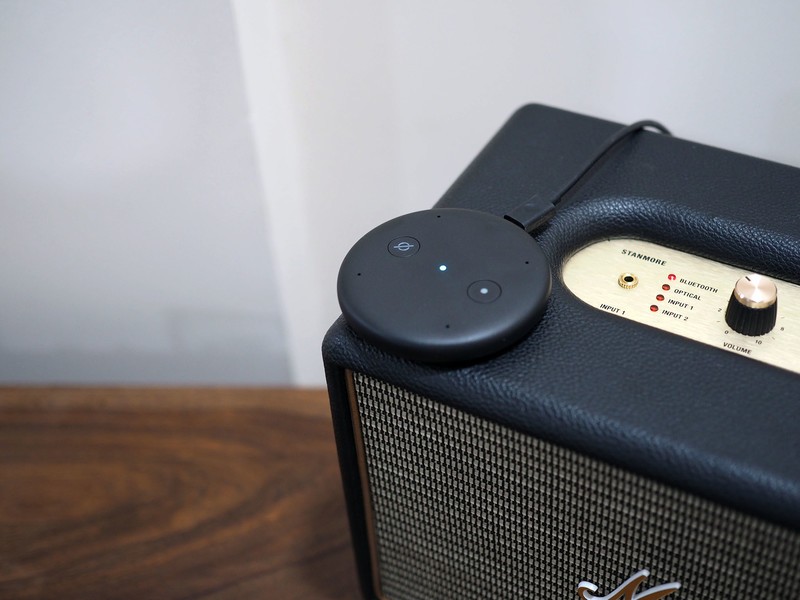
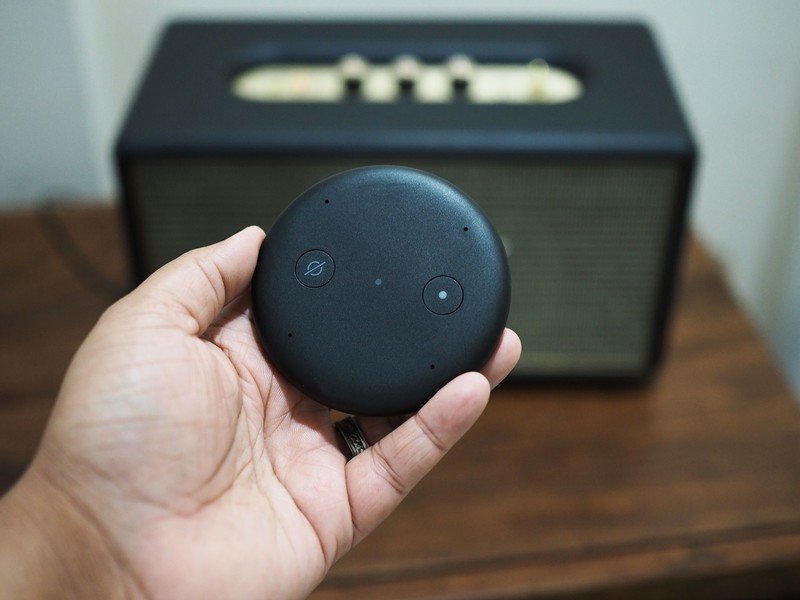
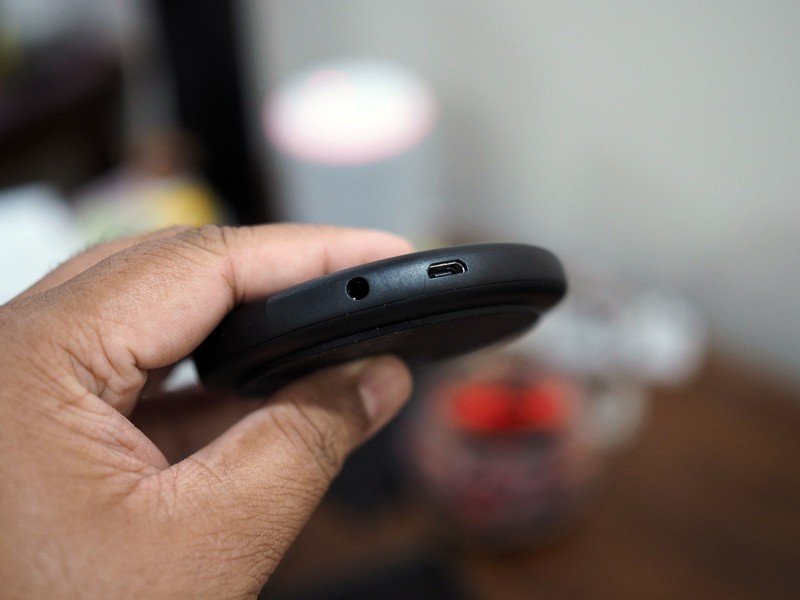
At a height of just 14mm, the Echo Input is unobtrusive enough that you can tuck it away in your speaker cabinet. As for the design, it looks like Amazon lobbed off the top portion of an Echo Dot, with the Echo Input offering the same far-field microphone array and physical mute button. There's also a button to manually trigger Alexa, and because there's no built-in speaker, you lose out on the volume buttons.
The installation takes just a matter of minutes, and you can choose whether you want to connect the Echo Input via an aux cable or over Bluetooth. Selecting the latter will search for nearby Bluetooth devices and let you pair the Echo Input with your speaker of choice. You can also connect the Echo Input to a Bluetooth speaker, but the device itself needs to be plugged in. The Echo Input draws power over Micro-USB, and Amazon bundles a cable as well as a wall plug in the box.
Think of the Echo Input as a $35 hockey puck that turns your existing stereo into a smart speaker.
I paired the Echo Input with a Marshall Stanmore that was previously connected to a Chromecast Audio. The main difference with Amazon's offering is that you can invoke Alexa from the device, a feature that was sorely missing on the Chromecast Audio. If I had to stream audio, I had to invoke Assistant on my phone or issue commands to a Google Home to get music playing on the device.
The ability to invoke Alexa on the device itself makes it that much more convenient to play music, set alarms, listen to the news, or get weather information. Thanks to the four mic array at the top, I was able to invoke Alexa without any hassle from across the room — even when the volume was turned all the way up on the Stanmore.
Amazon bundles an aux cable in the box with the Echo Input, but I preferred pairing the device to the Stanmore using Bluetooth. While it was stable for the most part, I did face a few connectivity issues.
As the Echo Input essentially turns your existing speaker into an Echo device, you'll be able to add it to a group within the Alexa app for multi-room audio. So if you've already invested in a few Echo devices and also have an older speaker system lying around, you can hook it up to an Echo Input and start streaming music throughout the house.
Amazon Echo Input Bottom line
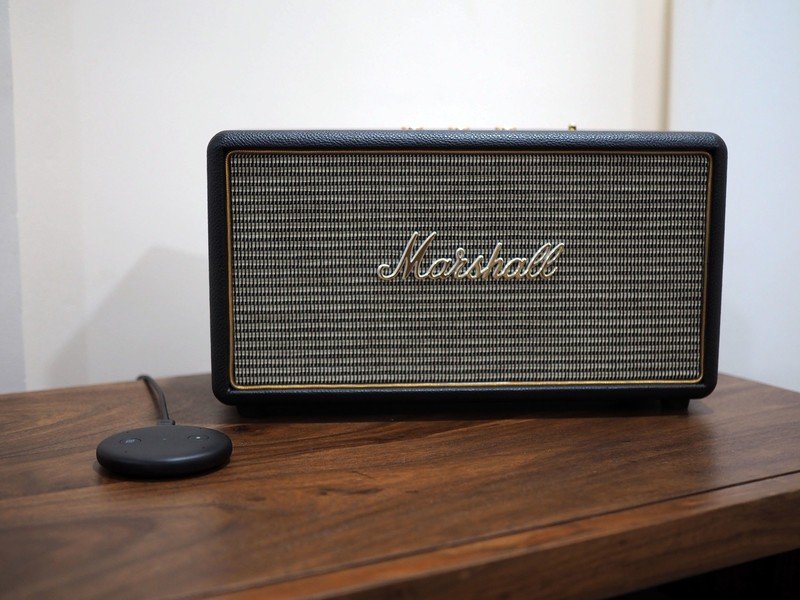
Amazon has made Alexa accessible to everyone with the Echo Dot, which we still consider one of the best Alexa speakers available. The Echo Input now looks to do the same for those that want to add Alexa smarts to older speakers, hi-fi systems, or receivers. The low profile makes it an ideal candidate for the job, and the stellar performance combined with the low cost makes it an easy recommendation.
4.5 out of 5
If you're looking to add Alexa smarts to an older stereo or speaker, the Echo Input should be your go-to option. The device retails for $35, but you'll routinely find it on sale for $20. And at that price, it's a no-brainer considering you get the full Alexa experience and multi-room audio.

Harish Jonnalagadda is Android Central's Senior Editor overseeing mobile coverage. In his current role, he leads the site's coverage of Chinese phone brands, networking products, and AV gear. He has been testing phones for over a decade, and has extensive experience in mobile hardware and the global semiconductor industry. Contact him on Twitter at @chunkynerd.
